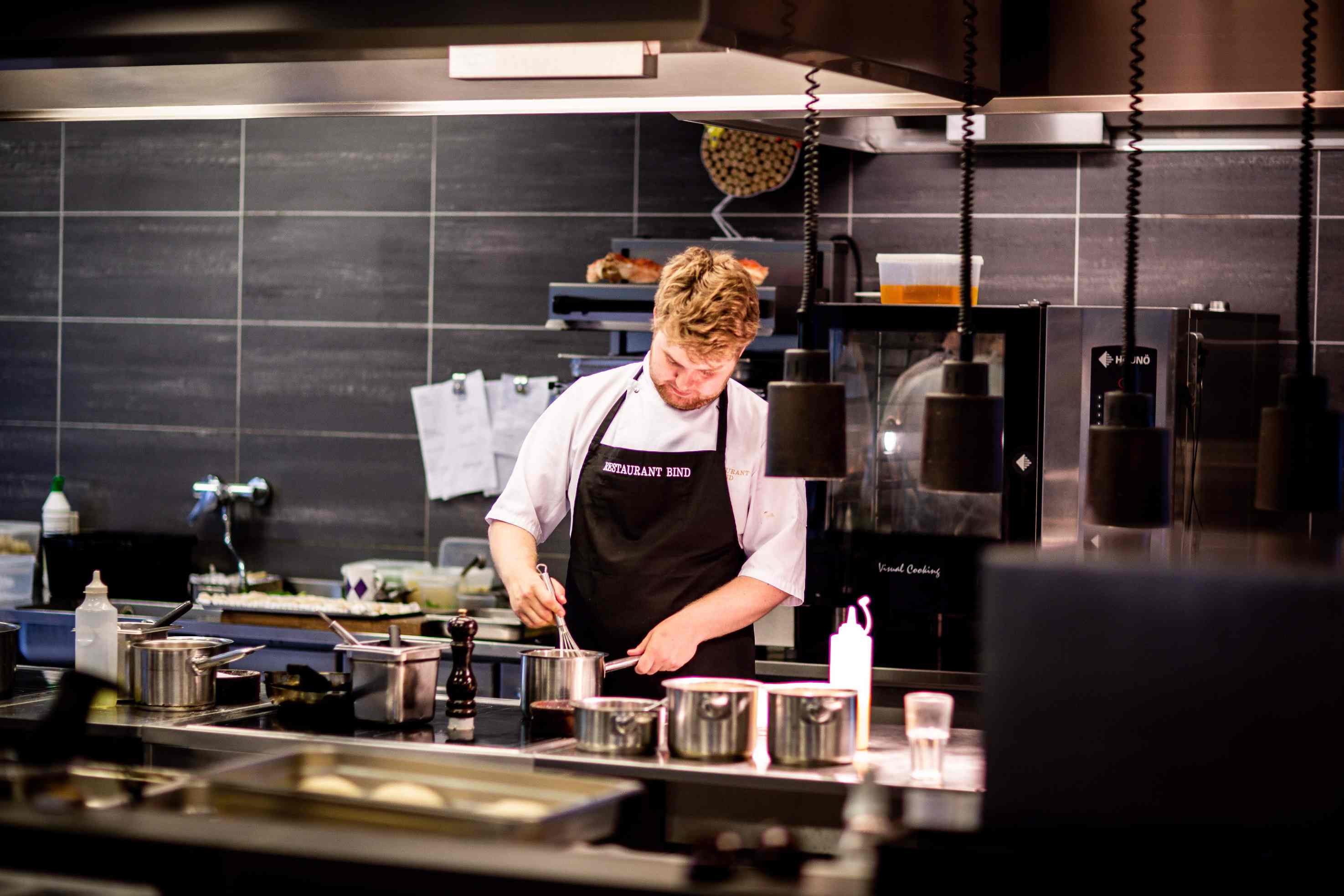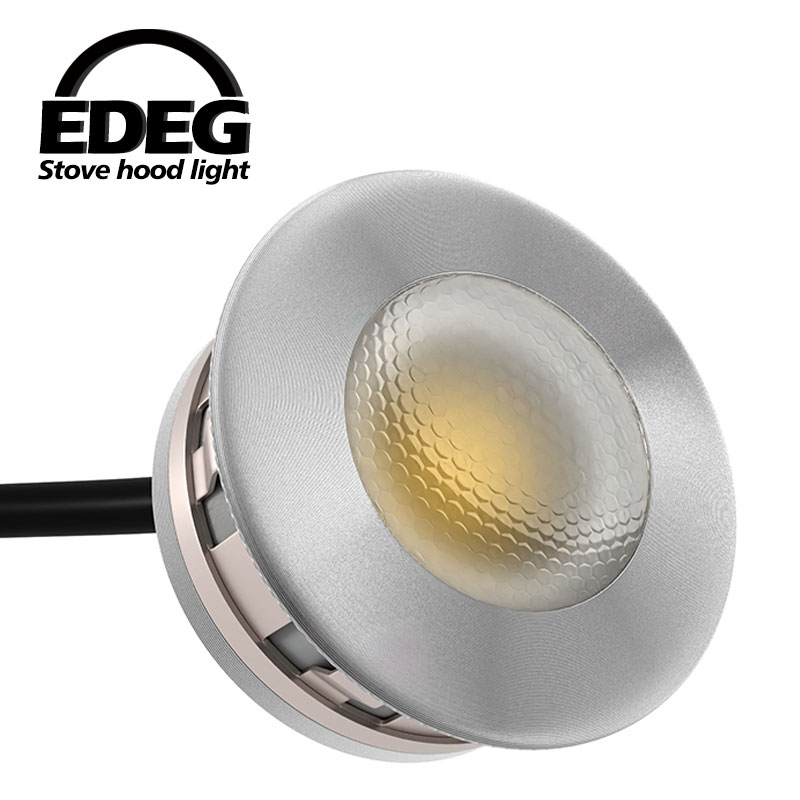In the dynamic landscape of commercial kitchen design, the role of lighting has evolved significantly over the years. From conventional incandescent bulbs to the advent of fluorescent lights, the industry is now witnessing a paradigm shift with the integration of LED technology. This article delves into the transformative journey of commercial kitchen lighting, focusing particularly on the emergence and advantages of LED lights for kitchen hoods.
Advantages of LED Lights in Commercial Kitchens
Energy Efficiency and Cost Savings
In the pursuit of sustainability, LED lights stand out as a beacon of energy efficiency. Their ability to convert a higher percentage of electrical energy into visible light makes them inherently more eco-friendly. This efficiency not only contributes to a reduced carbon footprint but also translates into substantial cost savings for commercial kitchen operators. The long-term financial benefits of lower energy consumption and decreased maintenance costs make LED lights a wise investment for any kitchen establishment.
Enhanced Visibility and Safety
Commercial kitchens operate in a high-paced, demanding environment where precision and safety are paramount. LED lights offer a distinct advantage in terms of enhanced visibility. The bright, focused illumination provided by LEDs ensures that chefs and kitchen staff can work with precision, reducing the risk of accidents. Furthermore, the consistent and flicker-free nature of LED lights minimizes eye strain, fostering a safer and more comfortable working environment.
Longevity and Low Maintenance
One of the standout features of LED lights is their remarkable lifespan. Compared to traditional lighting options, LEDs can last significantly longer, often surpassing 50,000 hours of operation. This longevity not only reduces the frequency of replacements but also minimizes the associated maintenance costs. For commercial kitchens, where downtime can have a direct impact on productivity, the reliability of LED lights proves invaluable.
Range hood accessories LED light
Design Considerations for Commercial Kitchen Hood LED Lights
Optimal Placement for Maximum Illumination
The placement of LED lights in a commercial kitchen hood plays a pivotal role in maximizing illumination. Strategic positioning ensures that the entire cooking area is well-lit, leaving no shadowed corners. This not only enhances the efficiency of kitchen operations but also contributes to a visually appealing workspace. Illuminating key workspaces, such as cooking surfaces and preparation areas, becomes more achievable with the precise and directional nature of LED lighting.
Customization Options for Aesthetic Appeal
Beyond functionality, LED lights offer a spectrum of customization options, allowing commercial kitchens to align lighting aesthetics with their brand image. Color temperature adjustments, dimming capabilities, and even the option for dynamic lighting effects provide a level of design flexibility that was previously unavailable. This not only contributes to a visually pleasing ambiance but also adds a touch of sophistication to the overall kitchen environment.

commercial kitchen hood LED lights
Tips for Choosing the Right LED Lights
Lumens and Color Temperature
Selecting the right LED lights involves considering factors beyond energy efficiency. Lumens, measuring the brightness of the light, and color temperature, influencing the ambiance, are critical considerations. Understanding the specific lighting needs of a commercial kitchen—whether it's accentuating the vibrant colors of fresh produce or creating a calming atmosphere for diners—enables the selection of LED lights that align with the desired aesthetic and functionality.
Heat Resistance and Durability
Commercial kitchens are synonymous with high temperatures and demanding conditions. LED lights chosen for kitchen hoods must exhibit not only resistance to heat but also durability in the face of constant exposure to steam, grease, and cleaning agents. Opting for lights specifically designed for such environments ensures longevity and consistent performance, even in the harshest kitchen conditions.
Integration with Existing Systems
Seamless integration of LED lights with existing kitchen systems is a crucial aspect often overlooked. Compatibility with dimming controls, automation systems, and any existing lighting infrastructure streamlines the installation process and enhances overall operational efficiency. Choosing LED lights that seamlessly integrate into the existing kitchen setup ensures a hassle-free transition to a more efficient and visually appealing lighting solution.
Conclusion
The adoption of LED lights for commercial kitchen hoods marks a significant stride towards a more sustainable, efficient, and aesthetically pleasing culinary workspace. The advantages, coupled with thoughtful design considerations, compliance with regulations, and careful selection, position LED lights as an indispensable element in the modern commercial kitchen. As the industry continues to evolve, the role of LED technology in shaping the future of commercial kitchen lighting cannot be overstated.
.png)





